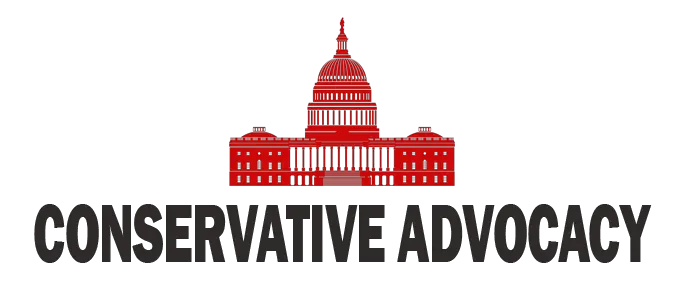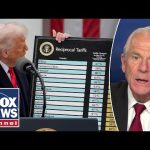President Donald Trump’s unveiling of sweeping reciprocal tariffs marks a bold and controversial shift in U.S. trade policy, aimed at addressing what he describes as decades of unfair trade practices. The tariffs, announced during his April 2 “Liberation Day” address, impose a baseline 10% duty on all imports, with significantly higher rates for countries like China, Vietnam, and India. Trump emphasized that these measures are designed to protect American industries, reduce trade deficits, and usher in what he calls the “Golden Age of America.” While his supporters view this as a long-overdue correction to global trade imbalances, critics warn of severe economic repercussions.
The reciprocal tariff plan targets over 180 nations, with some facing rates as high as 50%. China, for example, will see a total tariff of 54% on its exports to the U.S., combining new reciprocal rates with existing duties. Trump justified these measures by highlighting disparities in global trade practices, citing China’s average tariff of 67% on U.S. goods as an example of the inequities he seeks to address. To incentivize negotiation, Trump offered a “50% discount” on tariffs for countries willing to lower their trade barriers. However, the immediate implementation of these tariffs has already sparked fears of retaliation and market instability.
The economic fallout has been swift. Stock markets experienced significant declines following the announcement, with the S&P 500 suffering its worst performance since 2020. Analysts predict that the tariffs will drive up consumer prices by as much as 2% this year, exacerbating inflationary pressures that are already straining American households. Key industries like automotive manufacturing and electronics are expected to bear the brunt of these policies, with companies facing higher production costs and supply chain disruptions. Goldman Sachs has revised its U.S. GDP growth forecast for 2025 downward to 1.7%, citing the risks posed by these tariffs.
International reactions have been mixed but largely critical. The European Union and China have condemned the tariffs as unilateral and protectionist, with both signaling plans for retaliatory measures targeting U.S. exports. Smaller economies in Asia, some facing tariff rates nearing 50%, have expressed concerns about the disproportionate impact on their industries. While Trump’s administration argues that these policies will ultimately benefit American workers and businesses, many experts warn that escalating trade tensions could lead to a global recession.
Despite these challenges, Trump remains steadfast in his belief that reciprocal tariffs will restore balance to international trade and revitalize American manufacturing. His supporters argue that short-term economic pain is a necessary sacrifice for long-term gains in economic sovereignty and industrial strength. However, the success of this strategy hinges on whether trading partners choose negotiation over retaliation—a prospect that remains uncertain as tensions continue to rise.
As the dust settles from this dramatic policy shift, the stakes are high for both the U.S. and global economies. While Trump’s tariffs aim to level the playing field for American industries, their broader implications could reshape international trade dynamics for years to come. Whether this gamble pays off or backfires will depend on how effectively the administration navigates the complex web of global economic relationships in the weeks and months ahead.




